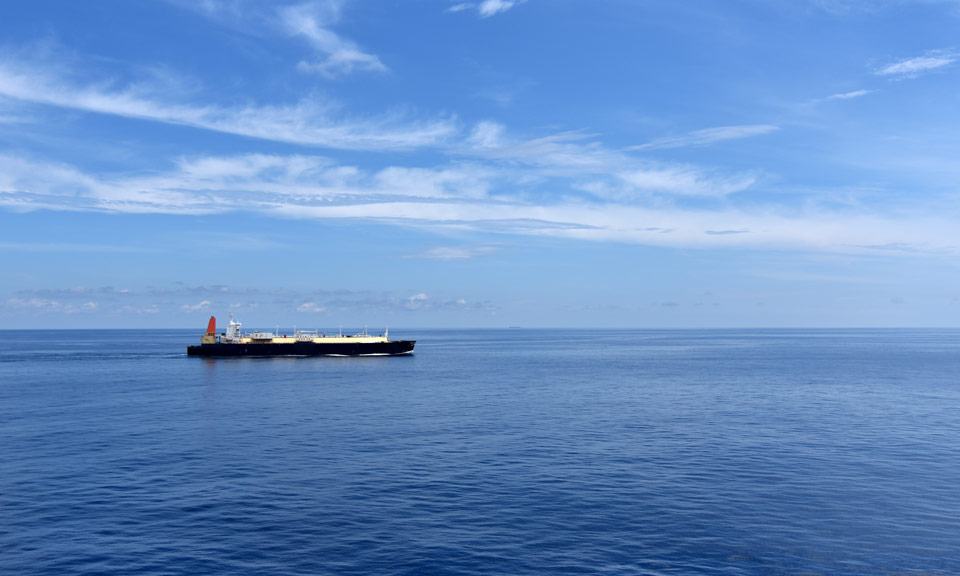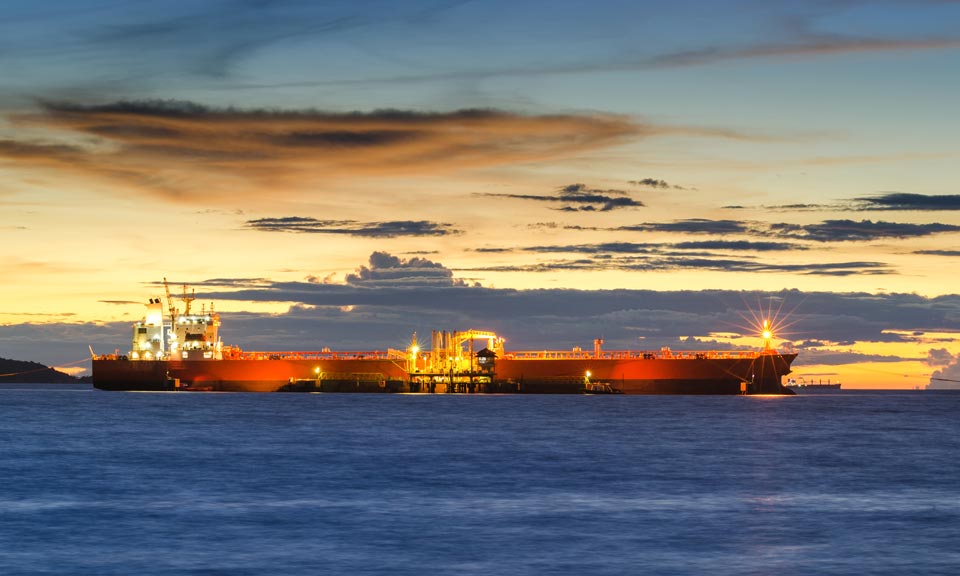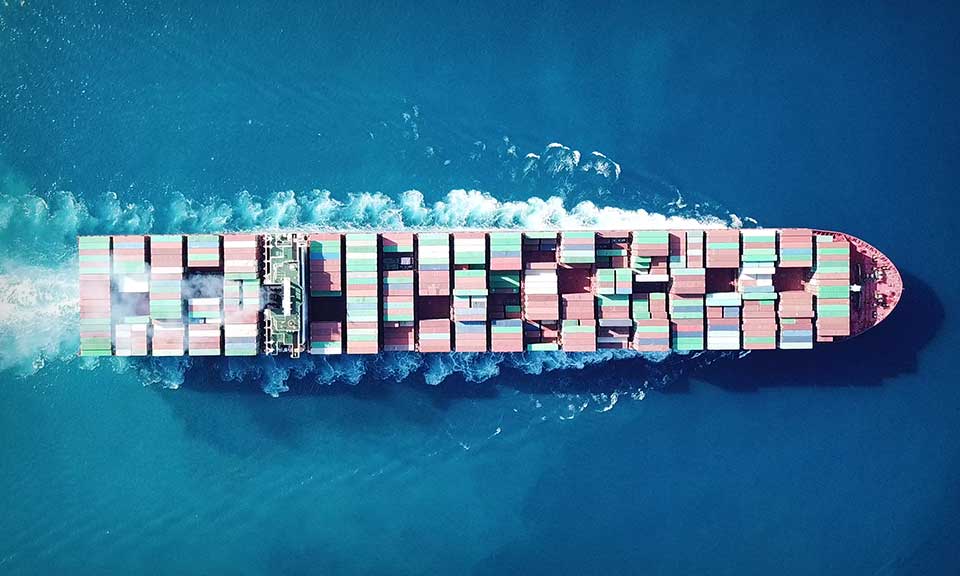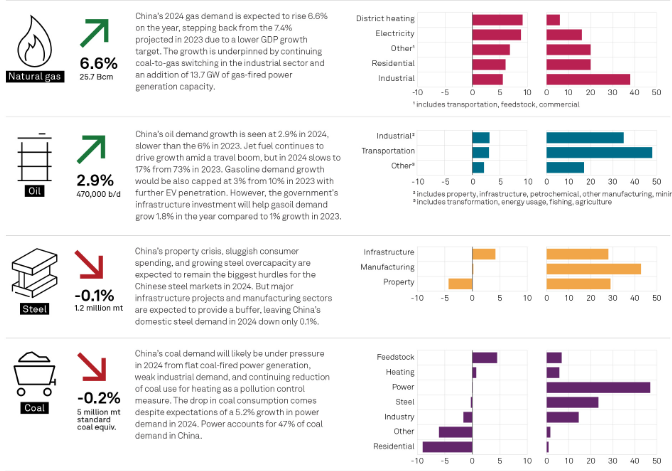Feature: Maritime decarbonization needs more incentives for drastic push

The Russia-Ukraine war may have come as a shot in the arm for overall global decarbonization efforts, but the maritime industry is still far behind in that value chain to draw those resources, with significant progress required and favorable incentives needed to expedite shipping's decarbonization journey as it embraces a multifuel future, industry experts said.
"I think it's sad. Whilst the world agreed that we had an existential threat and the need to decarbonize, we had to wait for a country to invade anther country to make us realize that we have to do something faster," Sanjay Kuttan, Chief Technology Officer at the Singapore-headquartered Global Center for Maritime Decarbonization, or GCMD, said June 16 at the S&P Global Commodity Insights Bunker and Shipping Summit, 2022.
"We [globally] need to accelerate our efforts...So, I hope that even when the war ends, the pace of acceleration doesn't taper off because the existential threat affects not only one nation but the whole world," he said.
Sanjay Verma, business development director at Warstila, also echoed a similar sentiment. However, he noted that it was imperative to take a holistic view.
"We are far behind in that value chain for shipping to get that fuel [renewables] and truly it should be done again following the same logic of cleaning the world, not the ship," Verma said.
When it comes to cleaner marine fuels, LNG, perhaps methanol, are the only alternatives that are viable today, Takeo Akamatsu, General Manager of Green Innovation Business Unit Plant Project, Marine & Aerospace Division at Itochu Corporation said.
"We believe ammonia will come soon and some years later we may have the option of green LNG, green methanol and green ammonia," Akamatsu said.
In April, Itochu Corporation said it had launched the Joint Study Framework for Ammonia Bunkering Safety, a framework for sharing issues and knowledge on safety and guidelines for ammonia bunkering with the aim of social implementation of ammonia use as a marine fuel, together with 16 companies and organizations.
"We are now focused on Singapore for our pilot [project] and are working with partners to set up [a] bunkering station in Singapore...[separately] our target is to deliver the first vessel with ammonia-fueled engine in the first quarter of 2026," Akamatsu said.
But Itochu is not the only one exploring ammonia's potential as a marine fuel.
In January, the GCMD awarded its ammonia bunkering safety study to a DNV-led consortium.
"It actually started off because we wanted to demonstrate that ammonia bunkering can be done safely as a physical activity," Kuttan said.
"So, we need to get a policy sandbox from the regulators in Singapore that allows us to execute that and hopefully we can get the project on water in early 2024," he added.
Meanwhile Kuttan noted that when one looked at the infrastructure to be delivered, biofuels were perhaps the "closest fuel that can be deployed today."
There are some inherent challenges in terms of testing methodologies to ensure the right quality and quantity for blending but that by far is the easiest fuel, he said. Scaling it, however, is an issue presently and the old argument about competition with the food chain remains, he said.
"All Wartsila engines can run on biofuels but if I look at shipping and the need of shipping -- the volume and the areas where it requires fuel -- for me LNG is the only option at the moment," Verma said.
"This agenda of climate change is not to make shipping look good, it's to reduce the carbon footprint of the planet and you are not doing any justice [to this] by using methanol today [in] the way it is.... So why not use LNG and why use methanol on the ship?" he said.
When it came to carbon offsets and carbon credits, Kuttan noted that there was no clear cut consensus in the industry on their effectiveness to achieve decarbonization.
"When you look around the rules around the carbon credits which are additionality and the rules around sustainability of those offsets, especially considering upcoming regulations around CII, EEXI or EEDI in the past, one wonders whether the rules of additionality can be actually addressed from maritime carbon offsets," he said.
"So, it's not a very straightforward application and we need to think through how to justify the carbon offset in line with the global regulatory requirements," he added.
Compared to carbon offsets, a carbon tax is something which is "more doable", Verma said. It would directly incentivize owners who are investing in their fleet as well as create a level playing field, he said.
Akamatsu agreed that using conventional fuel and then offsetting it was not the "proper direction" to take. There was a need for other mechanisms, he said.
Meanwhile, another industry source opined that while carbon offsets could help in the short-term. "I don't think this mechanism will achieve the goals that a carbon tax will," he said, adding that the practice of carbon offsets could potentially get abused.

News
Russia, one of the world’s largest oil suppliers, has increasingly turned to non-Western firms to transport its crude to overseas buyers during its ongoing war with Ukraine . With a dual goal of undermining Russia’s war chest without creating significant disruptions to global supplies amid inflation pressure, G7 countries and their allies have banned tanker operators, insurers and other services firms from facilitating seaborne Russian crude exports unless the barrels are sold for no more than $60/b. The price cap regime, which came into force Dec. 5, 2022, does not directly cover tankers flagged, owned and operated by companies outside the G7, the EU, Australia, Switzerland and Norway, and not insured by Western protection and indemnity clubs. While such ships tend to be older and less maintained, their share in Russia’s crude exports market has been rising in recent months amid strengthening prices of Urals -- the OPEC+ member’s flagship crude grade -- and tightening sanctions enforcement by the West. Non-price-capped tankers have a larger market share in shipping Russia’s Pacific crude exports, according to analysis of S&P Global Commodities at Sea and Maritime Intelligence Risk Suite data. Crudes such as Sokol, Sakhalin Blend, and Eastern Siberia–Pacific Ocean grades are more often involved in these trades than Russian barrels from Baltic or Black Sea ports like Urals. Tanker operators in Greece, Europe’s top shipowning nation, managed to keep their traditionally strong market position in Russia in the first few months since the price cap took effect before giving ways to their peers in the UAE, Russia, China and Hong Kong. (Latest update: April 5, 2024)

News
Red Sea shipping volumes have slumped more than 60% since November as vessels opt for the longer Cape route to avoid Houthi attacks. But even as the severity of the attacks mounts, freight rates have retreated from recent highs and oil-on-water may have peaked as trade flows adjust. Click to see the full-size infographic

News
A series of attacks on shipping routes in the Red Sea has so far spared oil supplies from witnessing major disruptions, but oil importing countries are spending sleepless nights amid concerns that any escalation could potentially alter the situation drastically. Although the attacks disrupted container shipping lines, oil shipments remain largely stable. However, concerns stem from the fact that supply chains will likely have to adjust very quickly should the disruption persist. As existing oil tanker contracts are often hard to change, some ongoing traffic will continue to move through Red Sea passages. Any new insurance issued for Red Sea routes could add about $1/b or more to voyage costs, according to S&P Global Commodity Insights. Re-routing will increase voyage length, in-transit times and fuel costs. In addition, it will result in higher vessel utilizations, which could lift global freight rates as well as widen inter-regional crude spreads. Surely, more ships are avoiding the Red Sea and Bab al-Mandab strait after a spate of attacks by Yemen's Houthi militants, threatening the strategic chokepoint for global seaborne trade. Many shippers, tanker owners and some oil companies have suspended voyages through the area. Russia's oil exports are particularly exposed to further Red Sea disruptions as Moscow ships some 80% of its crude to Asian markets. The attacks are expected to keep insurance costs high and prompt many tankers to take the longer route via the Cape of Good Hope, increasing ton miles and voyage durations, as well as tightening supplies and driving up freight rates. Even for the route via the Suez Canal, higher fees effective this year combined with a carbon tax for Europe-bound cargoes, will increase overall costs for charterers. Special report: Taking the long way around: Ships divert from the Panama Canal Although the rerouting of tankers away from the Red Sea, a major conduit for oil loaded in Russia, will surely raise shipping costs, the impact will be transitory. Roughly 7 million-8 million b/d of crude oil and products transited the Red Sea in recent months, according to S&P Global data. The market, for sure, will adjust to the changing flows, but the re-routing will lead to more oil on the water for a longer period of time. Russian crude shipments, should they avoid the Red Sea, are most affected due to a much longer haul to Asia around Africa. And amid tighter fleet capacity, lingering geopolitical conflicts are expected to boost tanker freight in 2024 despite ongoing OPEC+ supply cuts and a possible slowdown in oil demand growth. Implications for Asia As the biggest oil importing region, Asia may not witness dramatic changes to near-term oil supplies amid the ongoing Red Sea crisis, but refiners are chalking out alternative plans to ensure steady feedstock flows in the event of an escalation, a move that could inflate insurance costs and crimp refining margins. Although the region relies on imported oil for the bulk of its needs, the strategic push among Asia's top importers to massively diversify their import baskets over the years, as well as expand strategic storage, will come in handy to ensure smooth and uninterrupted flow of feedstocks. The Red Sea crisis has three aspects to it, as far as Asian oil flows are concerned. First, any escalation will create hurdles for Russian crude flowing to Asia, forcing buyers to look for substitutes from other origins. Secondly, for products moving from Asia to Europe, exporters are cautiously watching developments before taking the plunge. And lastly, longer routes have the potential to create incremental bunker fuel demand in Asia. Oil flows into China have not been impacted much by the Red Sea turbulence, as fewer cargoes are headed there on that route. In addition, the impact on Russian oil flows to India has been minimal, with no major diversions seen so far. Russia contributed over 35% of India's total crude imports in 2023, amounting to 1.7 million b/d, according to S&P Global data. Asian oil buyers are not necessarily concerned about Middle Eastern sour crude supplies for 2024, as major sellers, including Saudi Aramco and Abu Dhabi National Oil Co., fully respect Asian customers' demand regardless of their production cut commitments. However, the economics for cracking Middle Eastern sour crude have been deteriorating as the costs of bringing Persian Gulf barrels to the Far East have been rising with shippers demanding risk premiums, while tanker insurance costs are also trending higher. Asian refiners may even look at cutting Middle Eastern term contractual volumes and explore other options like African, US and South American crudes to maximize margins. US crudes, for one, is becoming increasingly more attractive for Asian refiners as the price of lighter and sweeter WTI crude is nearly on par with high-sulfur Persian Gulf grades on a delivered basis. Supply cushion The attacks in the Red Sea continued even after the US-led alliance took military action to establish deterrence. The risk of a wider escalation also increased with Pakistan's retaliatory strikes against Iran for alleged Iranian militant attacks in Pakistan. Overall, the geopolitical tensions in the Middle East have only increased over the weeks. However, oil markets have largely shrugged aside the risk due to a lack of physical disruption to oil shipments and weak macro fundamentals. But increased risk in the Middle East is probably putting a floor to oil prices amid weak demand. S&P Global expects fundamentals to improve in the second half of 2024 and prices to move up. Still, OPEC+ market management and the alignment between Saudi Arabia and Russia on OPEC+ policy will be critical for oil markets in 2024. S&P Global forecasts Platts Dated Brent to average $83/b in 2024 and $76/b in 2025. A sharper economic slowdown or disagreement within OPEC+ on production restrain remains the biggest risk for oil markets going into 2024. By: Sambit Mohanty, Editorial Lead, Asia Energy News, S&P Global Commodity Insights, S & P Global Commodity Insights Further reading: Red Sea shipping risk

News
China on Jan. 17 released its 2023 GDP growth at 5.2%, meeting its target set in March last year. S&P Global projects China’s 2024 GDP growth to slow to 4.7% after the country's annual economic conference held in December implied that any fiscal and monetary measures taken in 2024 were unlikely to be more aggressive than in 2023. This sets a weak tone for commodity markets in terms of end-user demand. Click here to see the full size version